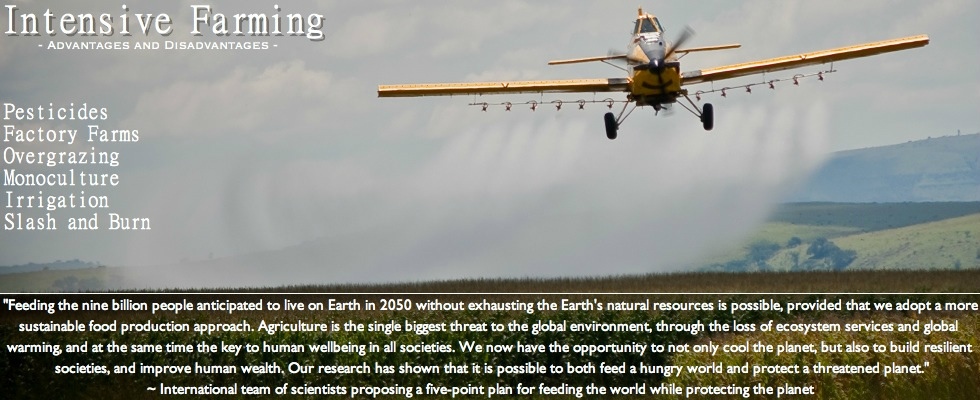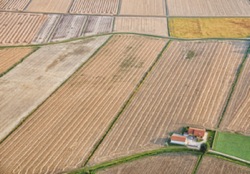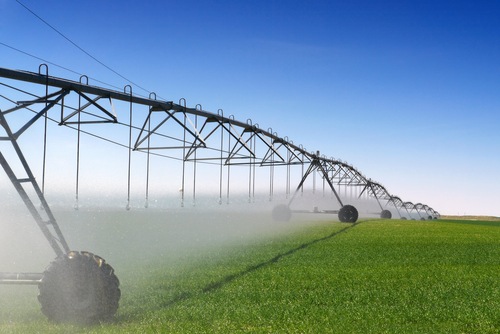"Every day, nearly 16,000 children die from a hunger-related cause — 1 child every 5 seconds. People are hungry because the "global food system" we have built is out of control—it prioritizes historically unprecedented corporate profits, while failing to feed people and steward our land and water resources for future generations." ~ PAN: Feeding the World
Pesticides
Although the use of pesticides has its benefits, such as controlling or killing potential disease-causing organisms and insects, weeds and other pests, reducing yield losses and time savings to the producer and lowering food and fiber costs for the consumer, there are many drawbacks, such as the gradual erosion of soil, threat of toxicity to humans and other animals, increased pest resistance and the unintended killing of pests' natural enemies. Astonishingly, over 98% of sprayed insecticides and 95% of herbicides reach a destination other than their target species, including non-target species, air, water, bottom sediments, and food. According to the Stockholm Convention on Persistent Organic Pollutants, 9 of the 12 most dangerous and persistent organic chemicals are pesticides. As insects and weeds develop a resistance to pesticides, farmers are forced to use more, increasingly toxic chemicals to control these 'superweeds' and 'superbugs'. Known as the "pesticide trap," farmers get caught on the treadmill as they are forced to spend more on pesticides each year just to keep crop loss from pests at a standard rate.
Factory Farms
Factory farms, also known as CAFO's (Concentrated Animal Feed Operations), are not what you typically see advertised on their products, with images of happy animals free-roaming farmlands beneath the bright sun in endless, lush green fields. It's far from it. Factory farms cram animals, such as cows, hogs and chickens, by the thousands into tightly packed, filthy, windowless sheds where they are confined to gestation crates, wire cages, barren dirt lots or other cruel confinement systems. As PETA explains, "These animals will never raise their families, root around in the soil, build nests, or do anything that is natural and important to them. Most won't even feel the sun on their backs or breathe fresh air until the day they are loaded onto trucks bound for slaughter." Designed to produce the highest possible output at the lowest possible cost to the operator, factory farms operate without regard for public health, the environment, food safety, rural economies, animal health, or their surrounding communities.
Overgrazing
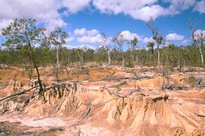
Monoculture
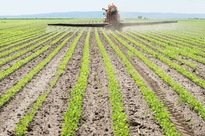
Irrigation
"We abuse land because we regard it as a commodity belonging to us. When we see land as a community to which we belong, we may begin to use it with love and respect." ~ Aldo Leopold
Slash and Burn
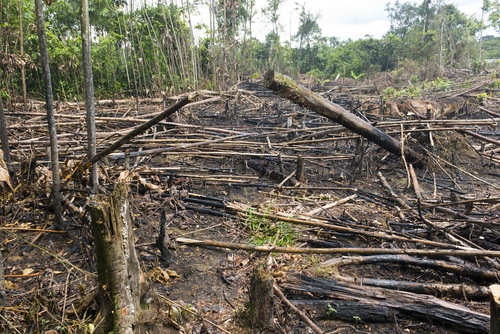
"The world is in transition from an era of food abundance to one of scarcity. Over the last decade, world grain reserves have fallen by one third. World food prices have more than doubled, triggering a worldwide land rush and ushering in a new geopolitics of food. Food is the new oil. Land is the new gold. This new era is one of rising food prices and spreading hunger." ~ Lester Brown Learn more.

